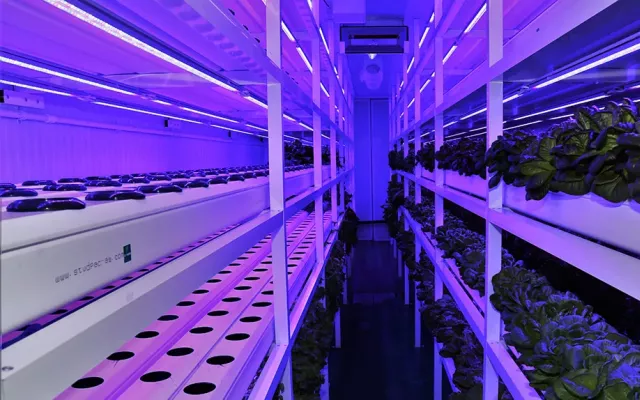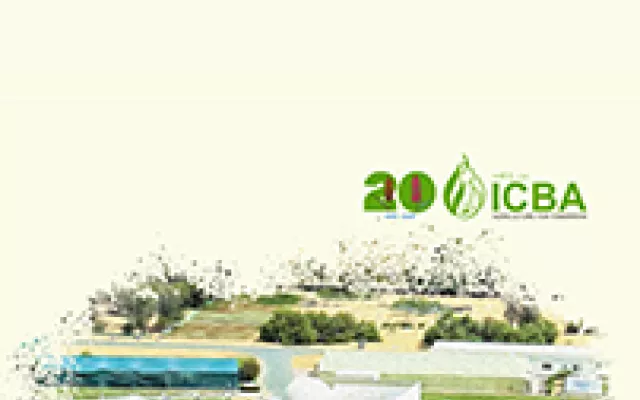Chromium toxicity in plants: signaling, mitigation, and future perspectives
Plants are very often confronted by different heavy metal (HM) stressors that adversely impair their growth and productivity. Among HMs, chromium (Cr) is one of the most prevalent toxic trace metals found in agricultural soils because of anthropogenic activities, lack of efficient treatment, and unregulated disposal. It has a huge detrimental impact on the physiological, biochemical, and molecular traits of crops, in addition to being carcinogenic to humans. In soil, Cr exists in different forms, including Cr (III) “trivalent” and Cr (VI) “hexavalent”, but the most pervasive and severely hazardous form to the biota is Cr (VI). Despite extensive research on the effects of Cr stress, the exact molecular mechanisms of Cr sensing, uptake, translocation, phytotoxicity, transcript processing, translation, post-translational protein modifications, as well as plant defensive responses are still largely unknown. Even though plants lack a Cr transporter system, it is efficiently accumulated and transported by other essential ion transporters, hence posing a serious challenge to the development of Cr-tolerant cultivars. In this review, we discuss Cr toxicity in plants, signaling perception, and transduction. Further, we highlight various mitigation processes for Cr toxicity in plants, such as microbial, chemical, and nano-based priming. We also discuss the biotechnological advancements in mitigating Cr toxicity in plants using plant and microbiome engineering approaches. Additionally, we also highlight the role of molecular breeding in mitigating Cr toxicity in sustainable agriculture. Finally, some conclusions are drawn along with potential directions for future research in order to better comprehend Cr signaling pathways and its mitigation in sustainable agriculture.









